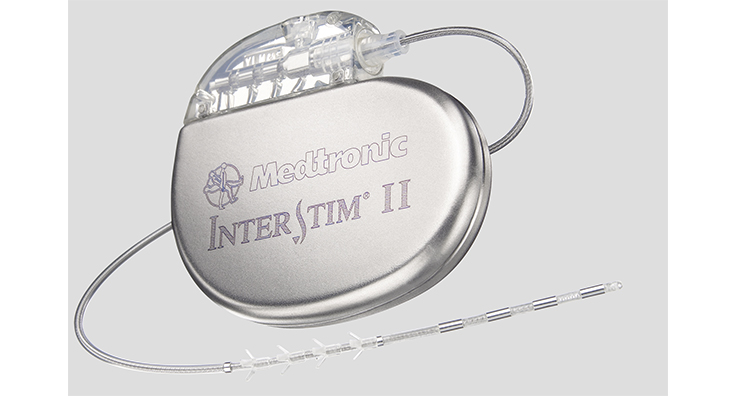

Examples of such therapies are pelvic floor physiotherapy, biofeedback, transcutaneous electrical nerve stimulation, posterior tibial nerve stimulation and SNM. Most of the clinical therapies aimed at functional bladder disorders are not specifically targeted to the micturition reflex areas, but influence cortical and subcortical brain areas, which, in turn, modulate the micturition reflex components. In order to understand the role of the brain in the control of the urinary bladder and its sphincter, one can make a distinction between structures and axonal tracts in the caudal brainstem and spinal cord, which are intrinsic part of the micturition and continence reflex, and structures and pathways, located in the forebrain and mesencephalon, which modulate these micturition and continence areas. Normal control of the lower urinary tract Due to the system-oriented, and not organ-oriented, approach, SNM not only treats urinary disorders, but may also have a beneficial effect on bowel and sexual dysfunction as well as on pelvic pain. The brain of the patient perceives this stimulus and, in turn, effectively restores bladder function and alleviates the patients’ symptoms. SNM uses an implanted electrode to the third or fourth sacral spinal nerve to deliver a nonpainful electrical stimulus. SNM is also used effectively for other forms of bladder dysfunction, such as underactive bladder and bladder pain syndrome (BPS). The increased use of minimally invasive SNM has decreased the need for more open surgical procedures such as ileocystoplasty and urinary diversion.

In patients suffering from urinary urgency, frequency and urgency incontinence, electrical stimulation of the sacral nerve significantly reduces urinary symptoms and improves patient quality of life. If these conservative interventions fail, it is possible to offer electrical stimulation therapies, such as sacral neuromodulation (SNM). Conservative treatment of overactive bladder (OAB) with or without urinary incontinence consists of pelvic floor exercises, medication and lifestyle intervention, including fluid restriction and timely voiding.


 0 kommentar(er)
0 kommentar(er)
